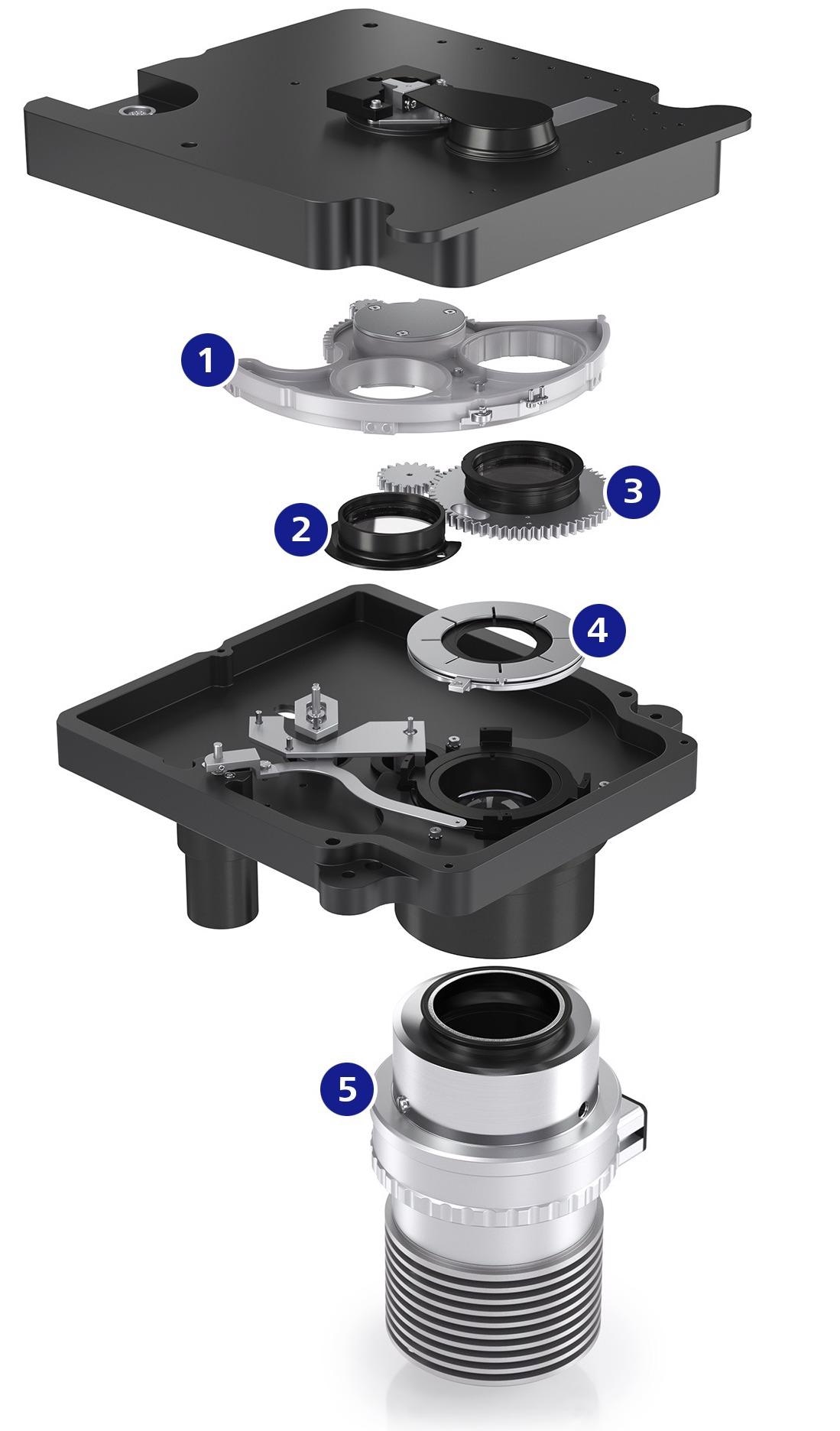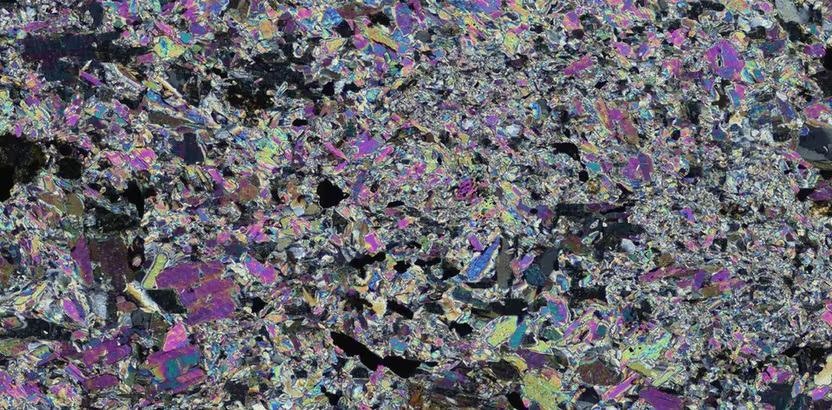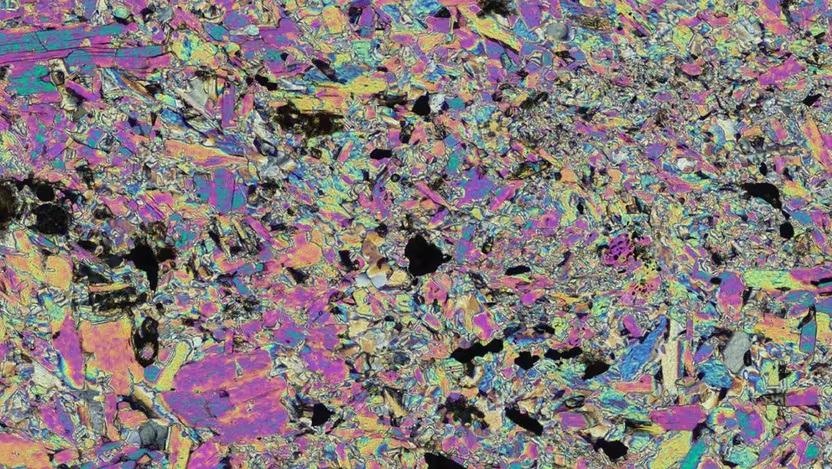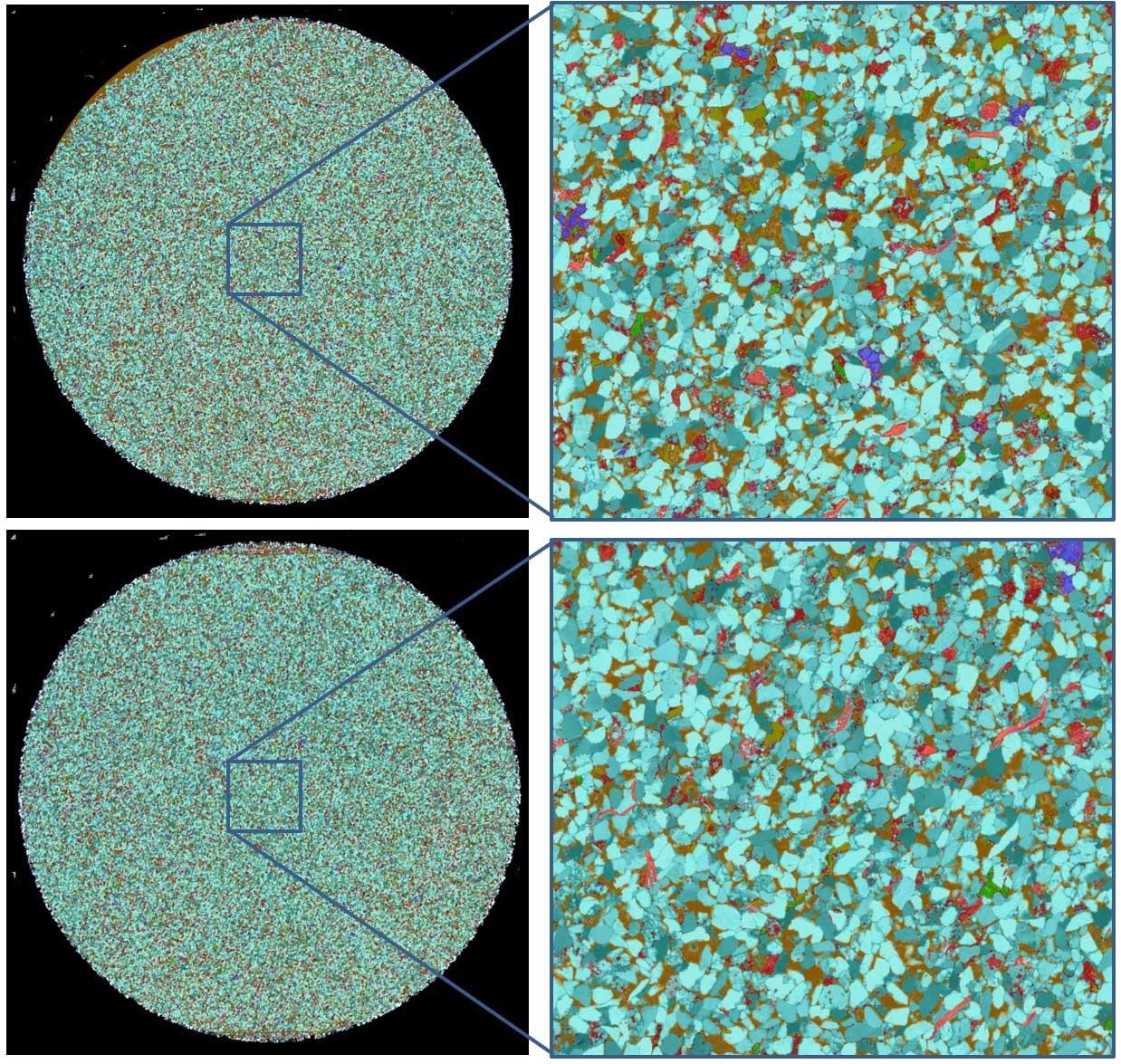Axioscan 7 is the consistent, repeatable solution to achieve high-quality, digital petrography data in transmitted and reflected light. The Axioscan 7 blends novel motorized polarization capture modes with exceptional speed and a comprehensive software ecosystem for viewing, analysis and collaboration, making it ideal for petrographic investigation.
Even when analyzing thousands of samples, completely automated acquisition combined with ZEISS quality assures continuously high image quality. Both pleochroism and birefringence can be studied using a motorized plane and cross-polarization, while circular polarization enables quick analysis of characteristic maximum birefringence irrespective of grain orientation.
Highlights
Discover the New Possibilities in Automated Petrography
- Fast switching among brightfield and polarization imaging modes
- Automatic scan performance for nonstop 24/7 operation
- Quick scanning of up to 100 slides in a single run
- Intuitive scan profiles with easy to use functionalities
Technology Behind it
Unique Technology for Polarization Microscopy
A Variety of Super-fast Imaging Modes
To respond to the diverse requirements of the applications, the revolutionary motorized stage and picture acquisition technology allows the automated changeover between multiple brightfield imaging modes.
All data processing is done in real-time, resulting in optimized datasets that are ready for analysis, transmission or distribution once data collection is completed.
- Powerfully advanced scan speeds in all brightfield imaging modes
- Circular and linear polarization are now available
- Better sample detection and focusing

The Axioscan 7 brightfield imaging performance is driven by a motorized condenser and a powerful white light source: 1) Motorized modulator disc, 2) Circular polarizer, 3) Motorized linear polarizer, 4) Motorized aperture diaphragm, 5) WL-LED light source. Image Credit: Carl Zeiss Microscopy GmbH
Visualize Complex Digitized Petrographic Data
To traverse the rich petrographic thin sections datasets, go over the usual petrographic microscope with the new ZEN Pol Viewer interface. It will even automatically synchronize picture rotation so that the sample appears just as it would in a standard petrographic light microscope, making for a more comprehensive petrographic experience in a learning system in the lab and online.
Applications
Geological thin section acquisition using many channels. To highlight distinct characteristics, several types of polarized lighting can be employed. Plane polarized light (PPL) reveals the general hue, habit, and pleochroism of the crystal.
Extinction angle and birefringence can be measured using crossed polarized light (XPL) in numerous orientations.
Regardless of grain orientation, circular polarization enables maximum birefringence to be seen. During acquisition, strong computational algorithms align all channels, bringing in data that is ideal for future segmentation and analysis.

Plane Polarized Light (PPL). Image Credit: Carl Zeiss Microscopy GmbH

Cross Polarized Light (XPL). Image Credit: Carl Zeiss Microscopy GmbH

Circular Polarization. Image Credit: Carl Zeiss Microscopy GmbH

Automated machine-learning based mineral classification using a single ZEN Intellesis model, applied on two sandstone samples. Image Credit: Carl Zeiss Microscopy GmbH
The modal mineralogy and pore/grain sizes could be quantified and reported automatically.